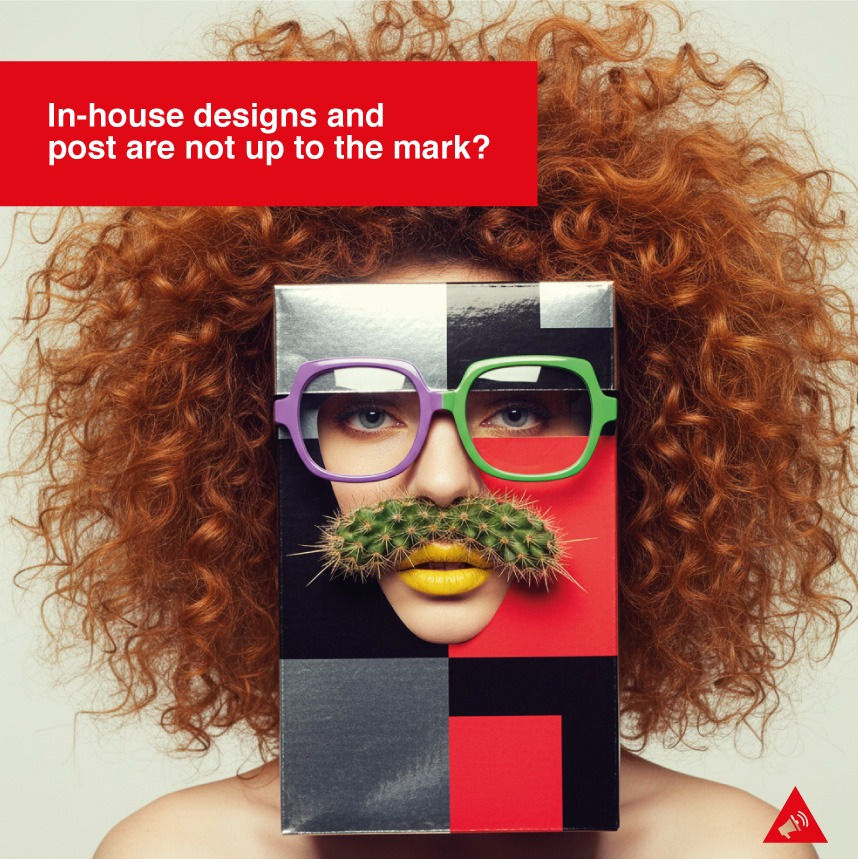Smart Brands Spark Curiosity Even Before They Spark Sales.
- Mahesh Karande
- Aug 12, 2025
- 2 min read
Updated: Sep 1, 2025

In a noisy world, curiosity isn’t optional—it’s your best marketing advantage.
Let’s be clear on one thing: Marketing isn’t about convincing, it’s about creating intrigue.
With countless ads, offers, and brands screaming for attention, the one element that truly cuts through the clutter is curiosity.
Curiosity is the key to attention, engagement, and ultimately, conversions. If your brand isn’t making people curious, it’s getting ignored. No curiosity = no clicks, no conversations, no growth.
The First Job of Marketing? Spark a Mental Conversation.
Many businesses jump straight to selling, highlighting products, discounts, or features. But people don’t buy before they care. And they won’t care before they notice .To be noticed, you must make them curious.
That’s the real purpose of marketing. A good ad informs. A great one creates intrigue.
Indian Case Study: CRED – Masters of Curiosity-First Marketing
Remember when CRED first showed up? Everyone was asking: “Why is Rahul Dravid smashing cars in traffic?” “What even is CRED?”
And that was exactly the point. CRED didn’t lead with offers or app features, they led with curiosity. By making a serious product (credit card payments) feel quirky, funny, and culture-rich, CRED made people talk first, understand later, and sign up eventually. Curiosity made them relevant.
Global Case Study: Dollar Shave Club – How Curiosity Built a $1B Exit
In 2012, Dollar Shave Club was a tiny startup up against industry giants. They didn’t run traditional ads, they launched with a funny, offbeat, 90-second video. Lines like “Our blades are f***ing great” caught instant attention.
The result?12,000 orders in two days, viral fame, and a $1 billion acquisition by Unilever. Curiosity won the first click, and the rest followed.
Why Curiosity Works Better Than Direct Selling Today
1. People are tired of being sold to.
2. They love stories, questions, surprises, and cliffhangers.
3. Curiosity taps into the natural desire to “know more.”
If your brand makes people pause and wonder, you’re already halfway to the sale.
How to Build Curiosity into Your Marketing
1. Start with a Question, Not a Claim “Why are 5,000 people choosing this ₹499 habit?” Questions hook attention.
2. Break Expectations Surprise people. Challenge norms. Fevikwik’s “Todo nahi, jodo” campaign did it perfectly.
3. Create Characters and Stories Don’t just sell a product, create a persona or story people want to follow.
4. Design to Interrupt Before words, visuals grab attention. Bold, clean, curious designs stop the scroll.
Founder Quick Check:
• Do your campaigns make people curious, or just promote offers?• Do people talk about your brand, even if they don’t buy immediately?• Is your brand memorable, or just technically correct?
No curiosity = invisibility.
Final Thought: The smartest marketing teams aren’t just creative, they are curiosity architects. They don’t sell by shouting; they sell by making people lean in, smile, and think, “I need to know more.”
That’s how you stay noticed, loved, and profitable in today’s market.
If you’d like a Curiosity Content Framework to spark better campaigns, just drop a Because in business, it’s not enough to be seen, you need to be unforgettable.




Comments